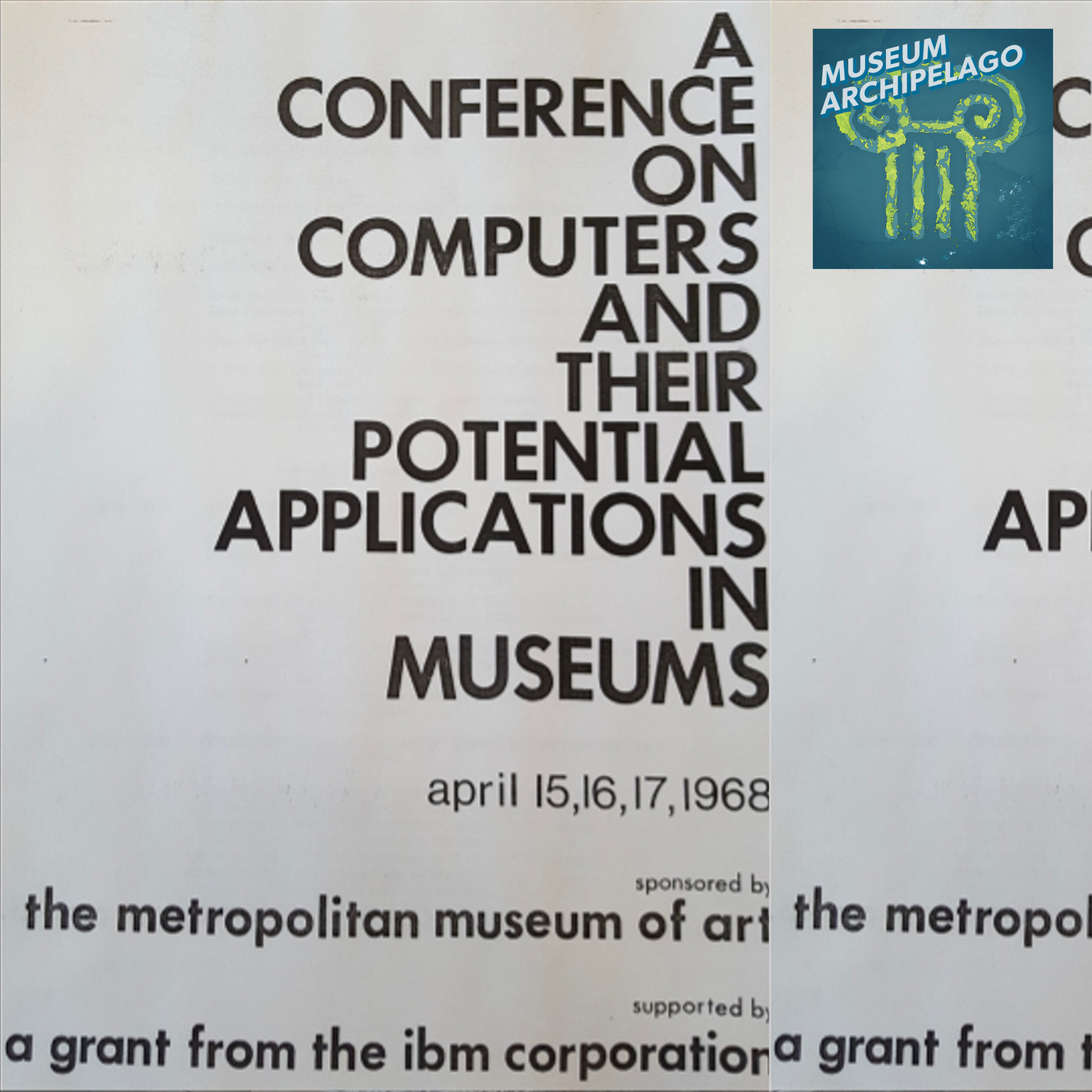
November 13th, 2023 • 14 mins 59 secs • Download (20.6 MB) • Link with Timestamp
Computing work keeps museums running, but it’s largely invisible. That is, unless something goes wrong. For Dr. Paul Marty, Professor in the School of Information at Florida State University and his colleague Kathy Jones, Program Director of the Museum Studies Program at the Harvard Extension School, shining a light on the behind-the-scenes activities of museum technology workers was one of the main reasons to start the Oral Histories of Museum Computing project.
The first museum technology conference was hosted in 1968 at the Metropolitan Museum of Art. This prescient event, titled “Conference on Computers and their Potential Application in Museums” was mostly focused on the cutting edge: better inventory management systems using computers instead of paper methods. However, it also foresaw the transformative impact of computers on museums—from digital artifacts to creating interactive exhibits to expanding audience reach beyond physical boundaries. Most of all, speakers understood that museum technologists would need to “join forces” with each other to learn and experiment better ways to use computers in museum settings.
The Oral Histories of Museum Computing project collects the stories of what happened since that first museum technology conference, identifying the key historical themes, trends, and people behind the machines behind the museums. In this episode, Paul Marty and Kathy Jones describe their experience as museum technology professionals, the importance of conferences like the Museum Computer Network, and the benefits of compiling and sharing these oral histories.